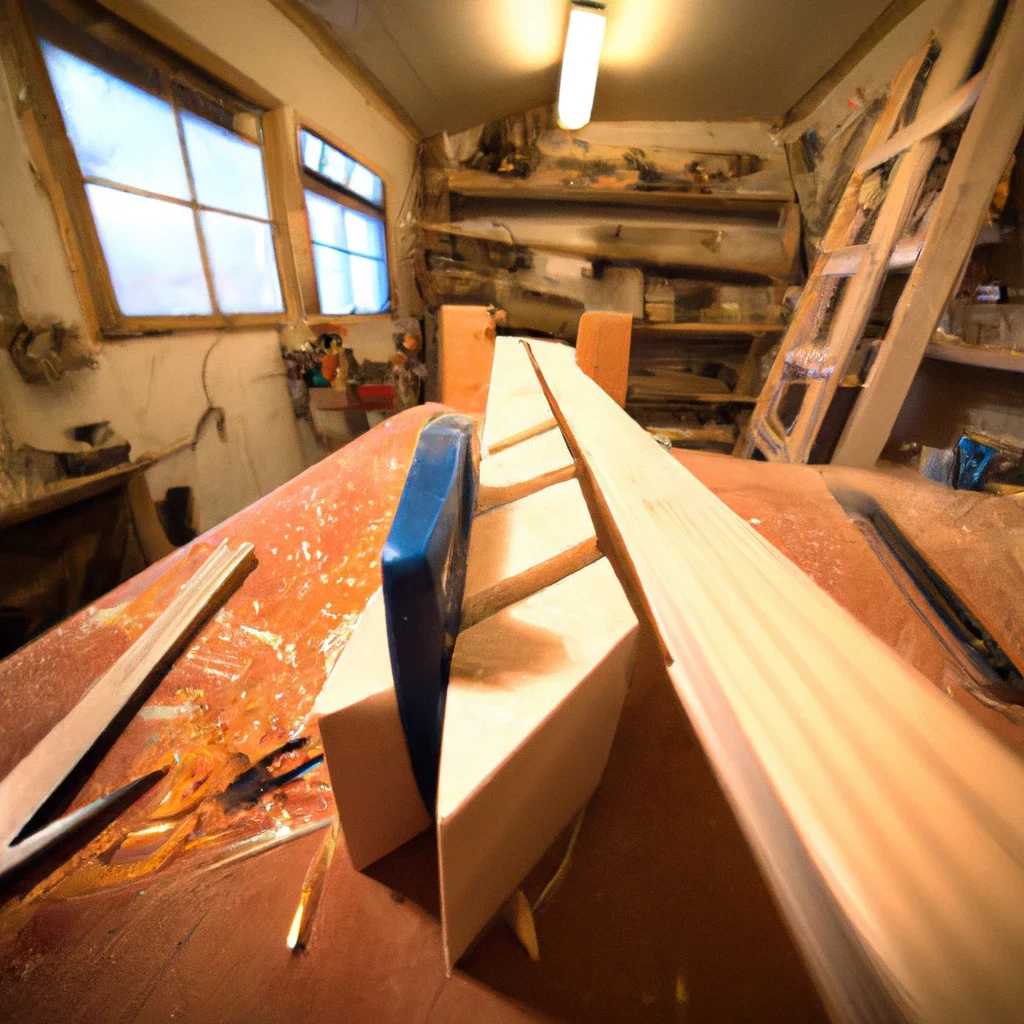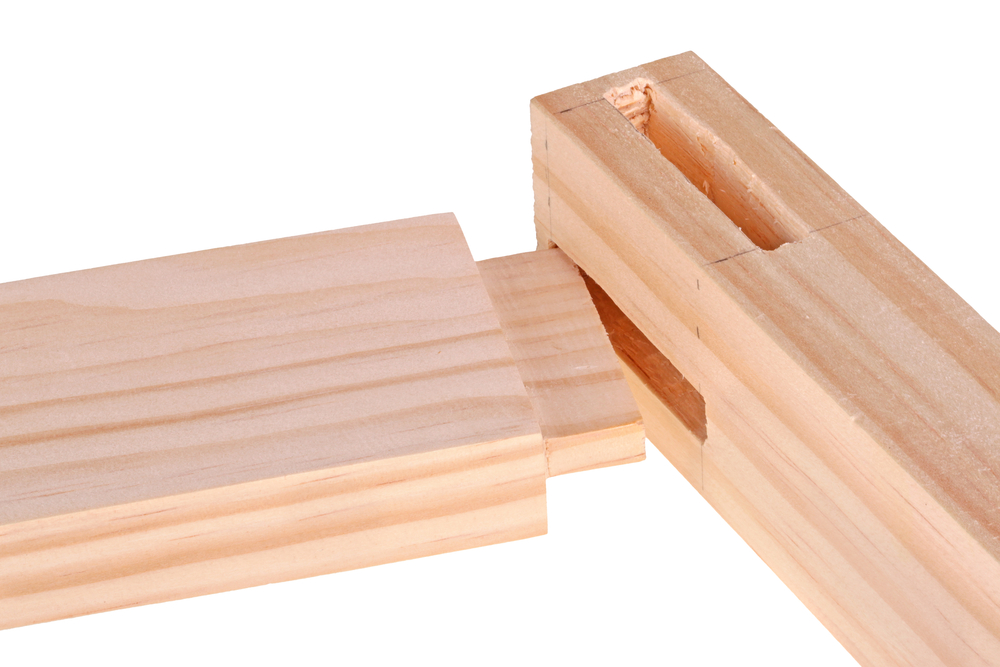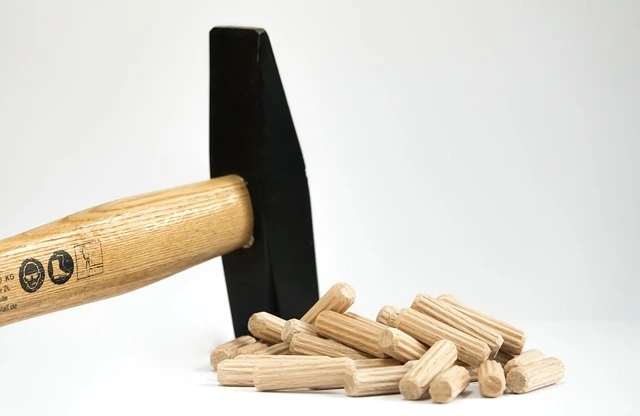Why is my dovetail joint too loose?
Your dovetail is maybe too loose due to some small gaps. When dovetails flop together unhindered, they are too loose. If you tap them together with an 8 # sledge, it means they are too tight. If you can use your fist as a hammer to nudge them together, they are OK.
If they fit nice and snug, by the time they are less than halfway down, take them apart and do not put them together again until you glue them. If you pound them together and wedge them apart, it will loosen the joint.
Should I glue dovetail joints?
Yes, glue dovetail joints for more strength. Once glued, a wooden dovetail joint does not require mechanical fasteners. The dovetail joint is strong because of the tails and pins shape (Lostarpress.com). That makes it difficult to pull the joint apart and impossible when you add glue. The joint-in-box constructions such as drawers, jewellery boxes, cabinets, and other furniture pieces where strength is required.
The only areas that require glue on dovetails are the diagonal faces. Diagonal faces are long grain, all the square faces are end grain, and all the flat faces are end grain. You need only apply glue to the diagonal faces on the tails or pins, or both. Sometimes, adding glue only to the tails or only to the pins is adequate.
The dovetail joint is the strongest and has a large glueing area. It is interlocking, resists being pulled apart, is attractive, and would hold together even without glue. Make sure the dovetails are square before the glue set. Learn the proper way to glue up dovetail joints, before you mess it up.

For a successful assembly, you should know how the glue works. Glue creates both a mechanical and a chemical bond. A mechanical lock forms when the glue finds its way into the pores and around the wood fibers and dries hard. It forms a physical bridge between the two pieces of wood, holding them in contact.
A chemical or molecular attraction between the glue and wood forms a stronger bond. The glue between the two wood pieces is a magnet to bind them tightly together. The two pieces of wood need to be in close contact, and the glue line should be thin. You will not have a strong bond across a gap in a joint. It does not matter if there is glue filling it. Excess glue will act as a weak link to destroy the long-term strength.
For a perfect fit, the mating surfaces should be smooth and flat. An extra dose of glue will not make up for sloppy joinery, and a joint that fits too tight may not have space for a good glue line. Use hand pressure snugly.
Dovetail joint alternatives
Box joint
Box joint is a simple alternative to the dovetail. The box joint is similar to a dovetail, with the difference being that the fingers in the box joint are rectangular rather than dovetail shaped. There are a few ways to cut box joints, but you can also do it with a dovetail saw and chisel. Pick a width for the fingers that will divide into the width of the stock. If your wood stock is six inches wide, a half-inch wide finger will allow twelve fingers, six on each piece of stock.
Mortise and Tenon Joint
The mortise and Tenon joint is one of the strongest wood joint types for construction. It has been a classical wood joint method since the early days of woodworking. Mortise means the cavity, and tenon is the wood piece that fits into the mortise.
The joint involves tapering one end of a wood piece inserted into a cavity of another wood piece at 90 degrees. Mortise and Tenon are there to foam a complex wood structure. The mortise and Tenon joint is like the Tongue and Groove method except for the large wood square and receptacle seam foams seamless joint.
The joint requires practice. Make precise measuring skills to develop the 90- degree angle connection between Mortise and Tenon.

Dowel Joint
Dowel joint is almost like the Mortise and Tenon joinery. It is a strong joint that fits into a socket to strengthen a joint. It requires both wood and pieces to have sockets, and it is a round cylindrical-shaped item that goes through wood pieces at a perpendicular 90-degree angle.
A Dowel joint is ideal when you do not intend to make visible steel look of nails or screw heads. It creates an attachment to wood pieces and nails. It gives a rustic look when it contrasts with the wood. Dowel joints can use hand techniques with good craftsmanship.

Miter Joint
The Miter joint is a joinery method in which two ends of wood pieces are cut at angles and fitted together to get an item. Miter means the angles are cut at 45-degree angles (Collinsdictionary.com). In a Miter joint two pieces of wood, ends are cut at a 45-degrees angle and combined to make a 90-degree joinery angle.
They are popular in frames and trims. When installing the Miter joint, wood pieces are glued and then fastened together using nails and crews to the framing material. Glue wood pieces at the seam. Additional nails are used to fasten them together.
To apply a Miter joint for a free-standing object like a picture frame, you need to have both wood glue and fasteners to combine them because wood glue and nails/screws secure the Miter joint bond.
If wood glue has tightened the wood pieces, the Miter joint is strong, but if wood glue fails to tighten the wood pieces, the Miter joint is weak. Develop the Miter joint into an octagonal mirror frame by cutting at 22.5-degree angles.
How to tighten dovetail joints
Make the joint tighter, by making the pins larger, and lightly loosen the four screws that hold the dovetail jig to the mounting block, enough to tap the jig forward with a wooden mallet or scrap block of wood. Do not use a metal hammer on the jig as it may damage the dovetail jig. Tap the dovetail jig forward on the mounting block. The distance of this adjustment is usually .000 inch, depending upon how loose the joint is.
Start by tapping the dovetail jig forward on the block .002 inch, meaning each pin size is increased by .004” wider. Your adjustment remains parallel across the dovetail jig to the mounting block. Once adjusted, tighten the four screws. Repeat the cutting process with a different piece of stock until you obtain the desired fit.
How to fix a dovetail joint that is too loose
Glue small veneer pieces to the pins and tails and then plane or sand them to provide a good fit. Do not worry about concealing the fix since they do not show. A loose-fitting dovetail will work loose because of the wood’s expansion and contraction over time.
- Grain and Sheen: Teak Oil versus Danish Oil Uncovered - January 10, 2024
- The Cherry on Top: Crafting the Perfect Cutting Board - January 9, 2024
- Polyurethane Water-Based vs Oil-Based: Choosing the Right Finish - January 8, 2024